What is a CVV on a Credit Card and How Do You Find It?
 2 min. read
2 min. read
As consumers, buying products online can be daunting, especially for those using a credit card as their mode of payment. They need to enter their names, credit card numbers, and expiration dates on websites that may or may not be secure.
With credit card fraud cases rising, consumers are growing fearful of information leaks. As a credit card holder, it’s important to learn the methods and tools that will help protect your finances and credit card information, one of which is the CVV number.
This article explains what the CVV number is, how it works, and where you can find it on your card.
What is CVV in a Credit Card?
The CVV or Card Verification Value number is a three- or four-digit number found on most credit cards. This serves as a security code to prevent fraud and reduce unauthorized transactions. It’s also known as several other acronyms in the industry, such as the following:
- Card Identification Number (CID)
- Card Validation Code (CVC)
- Card Security Code (CSC)
- Card Verification Value 2 (CVV2)
How Does the CVV Work?
The CVV ensures that each card is original as it contains an encoded magnetic strip and visible numbers. These features serve two purposes—the encoded strip is identification for in-person purchases, while the code is necessary for online transactions.
There have been several instances where fake cards have accessed people's private information, resulting in online theft and fraudulent digital transactions.
Additionally, CVVs are harder to track down. The Payment Card Industry (PCI) says that online merchants can store your credit card number and expiration date, but not the CVV. This is an essential part of how CVVs prevent hackers from stealing your information.
Where is the CVV Number on a Credit Card?
How to know the CVV number on a credit card? The code can appear either on the back or the front of the card, depending on your bank. For banks that place the code on the back of the card, it’s typically to the right of the signature space. CVV numbers at the front are generally to the right, above the last four digits of your credit card number.
How to Protect Your CVV Number?
Remember, your CVV acts as a security measure, but you must still protect it the same way you do your other personal information. People can get hold of your CVV code through other means, so it’s only wise to be extra cautious when using your credit card, whether for digital or in-person transactions.
Below are some tips on how you can protect your CVV number.
1. Check your account regularly
We recommend checking your account regularly, especially for online transactions. If there are purchases on the statement that you don’t recognize, immediately contact your bank. The bank will issue you a new card after disabling your current one.
2. Only enter your credit card information on verified or trusted websites
If you are considering buying products online, you must make sure the website or app is a trusted seller. Otherwise, you may leave your card details exposed to theft. A great tip to know if a website is a fraud is if it doesn’t include HTTPS in its URL and the SSL padlock is not present.
3. Do not share photos of your credit card online
This may be a given, but it’s a good reminder never to share photos of your credit card, even with your family or friends. Anyone who has access to your credit card details can immediately use it to purchase. Additionally, in case of a hack, cybercriminals will see all your messages on social media.
4. Ignore unsolicited requests
Occasionally, you will receive random SMS messages or emails asking you to verify your credit card information. It’s best to ignore these or ask why they need it. If a transaction is necessary, you can call the bank to confirm.
5. Use a VPN
If you are traveling, a virtual private network may be helpful. Using public Wi-Fi networks can leave your data vulnerable to theft. A VPN software adds an extra layer of security by encrypting your data.
6. Install an anti-virus software
Anti-virus software is essential for computer users. Viruses may cause unwanted information to be exposed. Having another layer of protection boosts the safety of your personal information.
7. Create a strong password for your Wi-Fi network
If your Wi-Fi network at home doesn’t have a password, anyone who accesses the network can monitor your internet traffic, thus exposing your data. Having a hard-to-crack password is the simplest way to avoid any outside activity.
Enjoy Safe Digital Transactions Using Your Credit Card
The CVV acts as a security measure for the cardholder during online purchases. However, it’s still your responsibility to take care of your credit card details. The steps mentioned are simple ways to prevent security breaches.
If you are considering getting a credit card, make sure to choose a provider that strives to protect its clients. RCBC Bankard employs enhanced security measures for its credit card and digital tools and apps, giving you peace of mind when shopping online. Apply for a credit card today.

 bc
bc




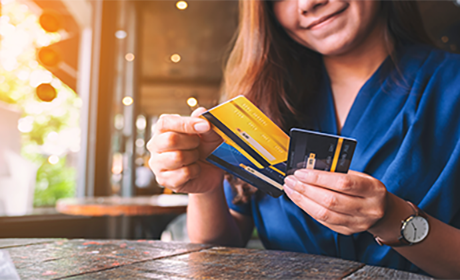
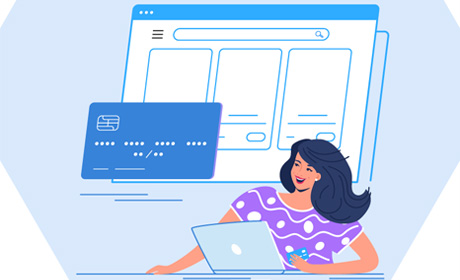





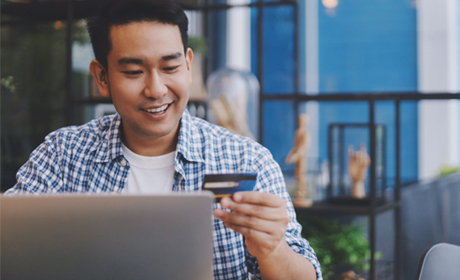





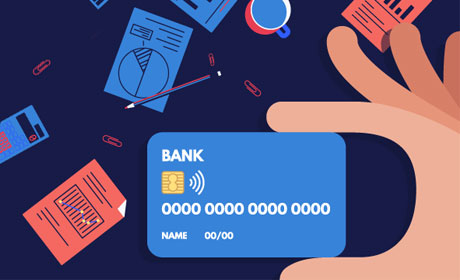
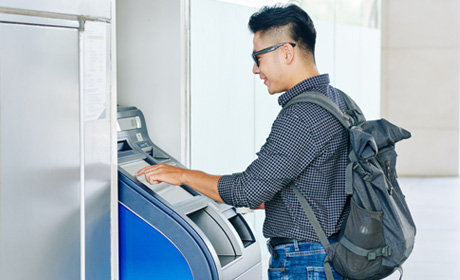
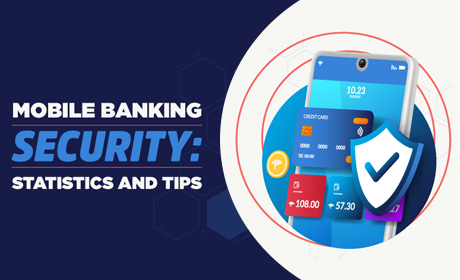
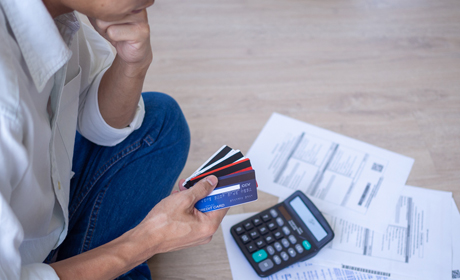

.png)
.png)




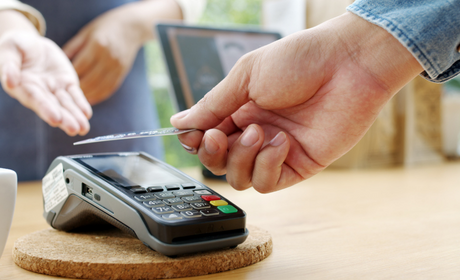
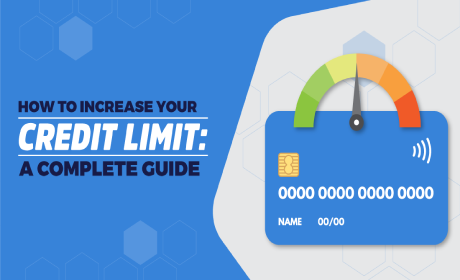
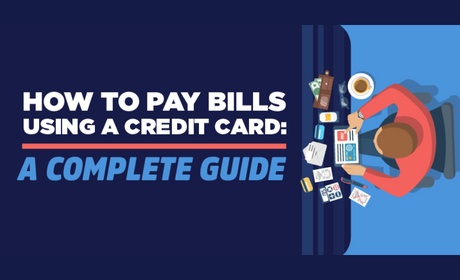



.jpg)
.jpg)
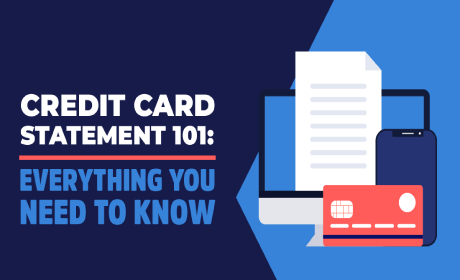
.jpg)

.jpg)

.jpg)

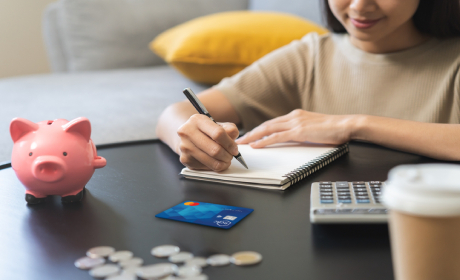

.jpg)
 (1).jpg)
 (1).jpg)
 (1).jpg)
.jpg)
 (1).jpg)